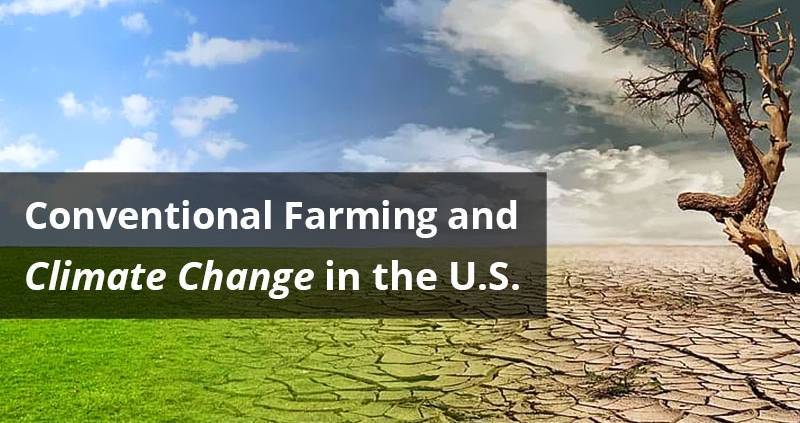If you felt this past winter had especially memorable weather, know that it wasn’t only in your town. This past winter was filled with weather irregularities, including the warmest temperatures ever recorded in parts of Puerto Rico and Hawaii, the coldest temperatures recorded in parts of Alaska since 1989, below average temperatures in the Rockies, above average snow in the Rockies, well below average snow in the Sierra Nevadas, moderate drought in a third of California, and above average flooding in the Southeast (NOAA, 2020). California noted the driest February on record (with California still experiencing drought in April), putting it at greater risk for wildfires this summer (Bloomberg, 2020). With these major weather pattern changes attributed to global climate change, it’s important to keep in mind how this impacts agriculture, and vice versa.
California leads as the primary state for agriculture production in dairy products and crops, and coming in second only to Texas in livestock. Almost all of the almonds, pistachios, walnuts, stone fruit, olives, and most of the avocadoes, grapes, lemons, lettuce, tomatoes, and melons, are grown in California. California is also plagued with wildfires, earthquakes, mudslides, and floods. In California, and every arable state in the U.S., climate change can result in deforestation, biodiversity loss, soil erosion, land degradation, desertification, soil salinization, and ocean acidification. Further, agriculture and climate change are circular processes, where climate change makes weather patterns less reliable creating more difficult farming conditions resulting in greater fertilizer use, land use changes, and risks for farmers and consumers.



Leave a Reply
Want to join the discussion?Feel free to contribute!